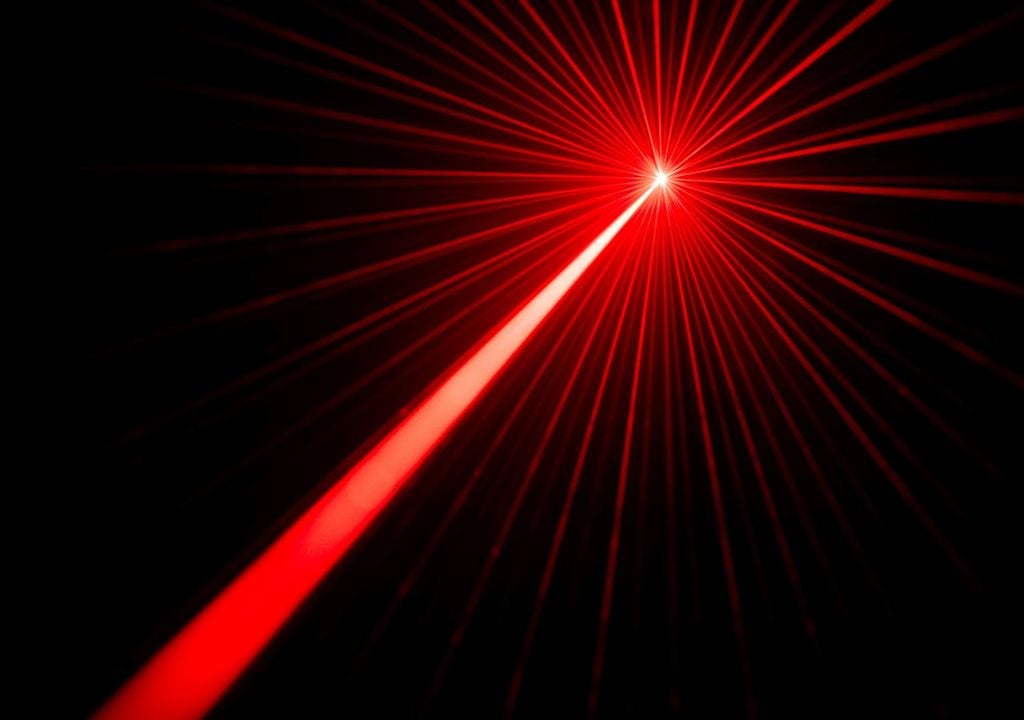Scientists at Stanford University develop the world's most powerful X-ray laser - 10,000 times brighter
A new X-ray laser at the SLAC National Accelerator Laboratory in the USA is 10,000 times brighter than its predecessor and opens up completely new possibilities in research. From quantum materials to medicine - this laser takes science to a new level.

This super laser, developed by the SLAC National Accelerator Laboratory, operated by Stanford University, is causing quite a stir: With an output that is 10,000 times brighter than that of the previous record holder, and up to a million pulses per second, it can make phenomena visible that previously seemed unattainable.
But what does that mean in concrete terms? Thanks to its incredible precision, scientists can use the new X-ray laser to observe molecular and atomic movements in real time.
Chemical reactions, biological processes and even changes in materials are made visible on a completely new level. What is particularly exciting is that this laser can also image reactions that take place on extremely short time scales - in fractions of a second that are unthinkable to the naked eye.
A quantum leap for research
The key to this success is the latest version of the Linac Coherent Light Source (LCLS-II), which now works with a superconducting accelerator. The heart of this system are 37 cryogenic modules that are cooled to an incredible -271 degrees Celsius to accelerate electrons with almost no loss of energy.
This upgrade catapults the X-ray laser into completely new dimensions of research. The increased pulse rate and brightness open up countless possibilities, such as the study of quantum materials, the development of energy-efficient technologies and even advances in medicine. Scientists can follow processes in real time, revolutionising basic research at the atomic level.
New Perspectives for Chemistry and Biology
With the new laser, scientists can now follow chemical and biological reactions on a timescale that was previously unattainable. Particularly exciting are the insights into chemical processes at the attosecond level, the speed at which electrons move.
These new findings could help us develop more efficient processes for producing renewable energy, fertilisers, and even reducing greenhouse gases. Biology also benefits enormously from the laser's new capabilities. The LCLS-II can make processes such as photosynthesis - the way plants convert sunlight into energy - visible at the molecular level. This could fundamentally change our understanding of biological processes.
Materials Science and Molecular Films
But it's not just biology and chemistry that benefit from the laser. Materials science is also facing a revolution. With the ability to examine the internal structure of materials down to the atomic and molecular level, researchers could be able to develop completely new materials. This particularly affects electronics, energy storage and even aerospace.
One particularly exciting application of the laser is so-called "molecular films". These make it possible to observe tiny biological and chemical processes in motion - as if they were a film on the molecular level. You could therefore watch live how proteins do their work or how chemical reactions take place. These films could open new doors in science and fundamentally change our understanding of nature.
The next step: even more power
But that's not all: The US Department of Energy has already given the green light for a further improvement of the LCLS-II. This new high-energy extension will enable scientists to gain even deeper insights into atomic processes. The aim is to further increase precision and tackle even more complex research projects - for example in the field of quantum physics and energy storage.
All in all, the new X-ray laser is a real sensation for science and will certainly enable numerous breakthroughs in the coming years. From quantum research to biology: This laser brings light into the darkness - literally!








